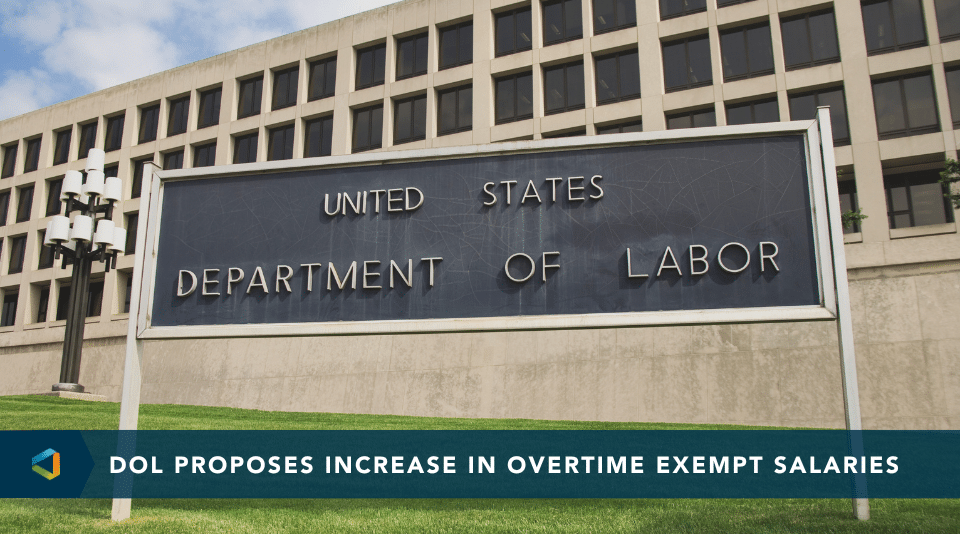No Headaches
Compensation Planning in a Crisis
Compensation Planning in a Crisis
Practical Measures Organizations Can Take to Ensure Stability
For many organizations, the COVID-19 crisis forced the implementation of immediate cost cutting measures impacting employees including layoffs and furloughs, salary reductions, and the freezing of planned compensation actions such as salary increases and incentive award payouts. As states around the country begin to consider re-opening and returning to some form of normalcy in the coming weeks, businesses are grappling with how or when to kick-start their compensation planning processes.
Considerations
As businesses reevaluate their compensation plans, there are some initial trends in the marketplace that should be considered:
- Salary structure movement is not expected. For organizations that utilize a traditional salary structure, it is unlikely it will need to be increased until 2022.
- Salary increase budgets are expected to remain frozen or be used sparingly for key employees/roles. Organizations should monitor 2021 compensation planning trends, typically released during the Fall of 2020, to ascertain what general and industry-specific plans might be for compensation planning in 2021.
- 2020 market data will likely reflect pre-pandemic compensation levels (i.e., pay levels, job content) which may not align with the post-pandemic environment. With many survey providers set to release survey data during the summer of 2020, employers will have to carefully weigh survey results with regard to the individual impact the pandemic has had on its business and industry.
Right Sizing Salaries
At the onset of the pandemic, many employers were forced to reduce employee salaries and/or hours as a means to cut expenses. With businesses getting ready to open up, one of the immediate questions to be answered is when and how to return salaries to pre-pandemic levels. The answer to this question is not simple. Each employer will need to consider its individual business, the impact of the pandemic on the industry, and forecasted business and projected revenue for the remainder of the calendar year. For some businesses, a return to ”normal” may be more immediate than it is for other businesses. Consider the following:
- Salary right sizing doesn’t have to happen all at once. Salaries can be restored over a period of time in increments.
- The initial focus should be on critical jobs and essential functions needed to ramp up the business.
- In lieu of a traditional salary increase, employers could offer lump sum bonuses as a good faith effort to provide some financial relief to employees until business performance improves. Lump sum bonuses are a one-time cost and don’t add to the ongoing bottom line.
- Employers should be mindful of pay equity legislation in states where they do business when making decisions to increase salaries or provide lump sum bonuses, especially as it pertains to comparable or similar jobs.
- Communication is critical. Employees should receive a letter outlining the plan for bringing salary back up to pre-pandemic levels. If this is intended to be a gradual process over a series of months, the plan should specify the timeline and pay increments, whenever possible.
Click here to download a free template you can use to communicate salary right sizing with your employees.
In addition, for some exempt employees, the initial salary reduction may have resulted in a loss of exemption status as salary fell below the salary threshold of $684 per week, or $35,568 annually. When employers begin to right size salaries, employers should clearly communicate when these employees are once again exempt from the overtime provision set forth in the Fair Labor Standards Act (“FLSA”).




